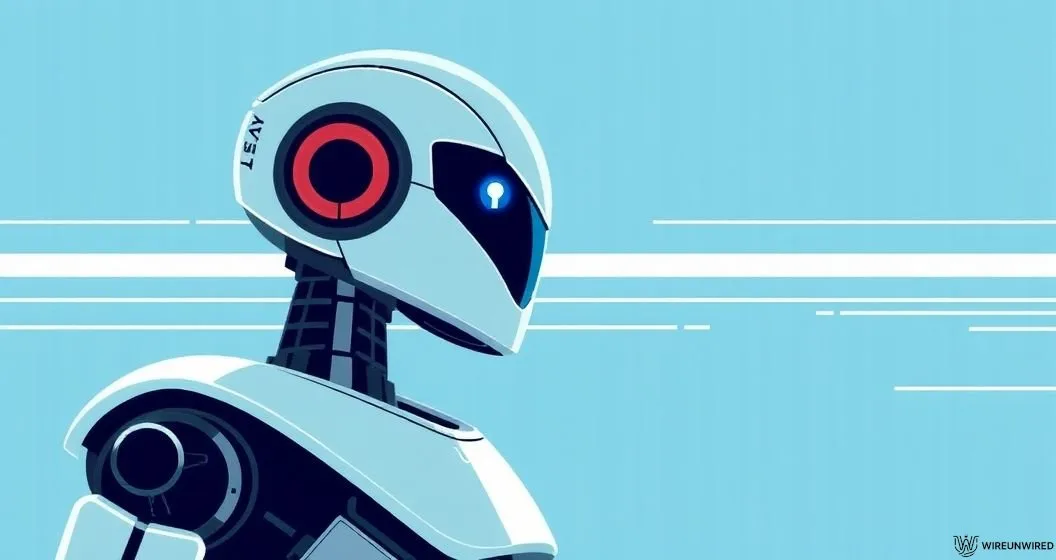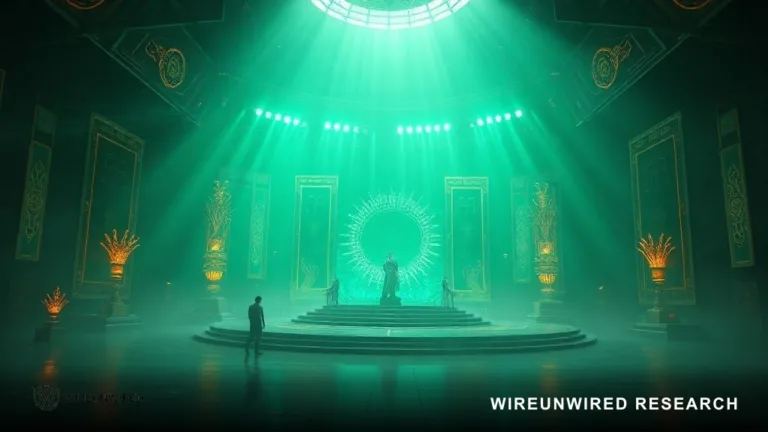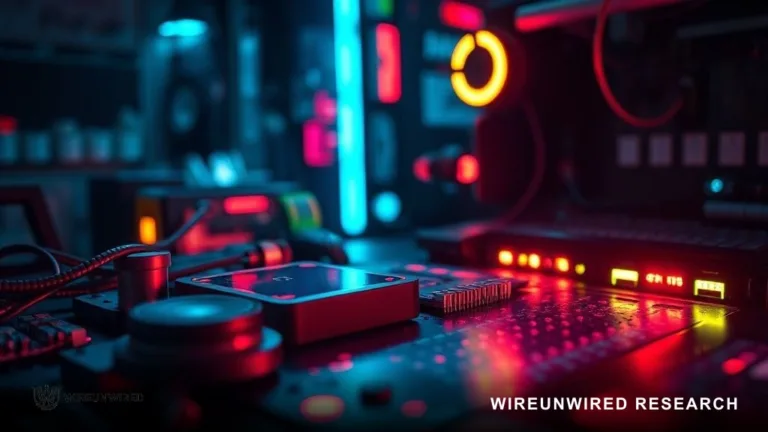We trust our cars to brake automatically and our phones to recognize our faces, but what happens when we trust a humanoid robot to work beside us—and someone else takes control?
As Tesla ramps up production of its Optimus robots for 2025, the very AI and connectivity features that enable these machines to perform delicate tasks are also opening up new security blind spots—weaknesses that malicious actors could exploit to cause real-world harm.
Security Risks in Robotics Deployment
As Optimus and similar humanoid robots enter factories, hospitals, and elder care facilities, security experts warn that the risks move beyond digital into the physical realm.
If a robot like Optimus is compromised, consequences might include:
Physical harm: For instance, a hijacked hospital robot could administer the wrong medication, while in an industrial setting, a compromised robot might disrupt production or even injure workers.
Major disruptions: Attacks could cause factory shutdowns or critical service interruptions.See industry risks
These risks are magnified by robots’ growing autonomy and cloud dependence, significantly expanding the attack surface—the range of ways a hacker might infiltrate the system.
Key Security Measures and Best Practices
To address these challenges, leading specialists recommend:
End-to-end encryption to ensure all data transmissions remain protected against interception or tampering.
Firmware security with code signing and regular update cycles, making unauthorized software modifications much harder.Firmware best practices
Machine learning security strategies:
Adversarial training (training AI systems to recognize potentially manipulative attacks)
Real-time monitoring (actively detecting and responding to abnormal behavior)
Multi-factor authentication (MFA) and strict access controls to guarantee only authorized personnel can issue commands or software changes.
Cloud security protocols:
Use of encrypted channels, restricted API access, and frequent vulnerability assessments are especially important as robots rely more heavily on remote infrastructure.See cloud risks
Tesla’s use of over-the-air software updates enhances maintenance efficiency—but unless update delivery itself is secured, it becomes a potential point of attack.
Ethical, Regulatory, and Business Pressures
The expansion of robotics into critical sectors has profound ethical and regulatory implications:
Policymakers are discussing requirements for cybersecurity audits, data privacy protections, and clear breach accountability measures for companies deploying advanced robots.
Industry watchdogs and analysts argue that firms like Tesla must not only pursue innovation, but also accept broader responsibility for public safety.
The global robotics market is projected to surpass $75 billion by 2026; even a single major breach could lead to millions in losses or jeopardize human life.Market trends
Balancing Innovation, Safety, and Trust
Tesla’s Optimus stands at the forefront of workplace automation. These advances promise to increase productivity and improve safety—but bring new cybersecurity risks that cannot be ignored.
The real challenge is to establish robust security frameworks that keep pace with relentless technological change, protecting both our intelligent machines and the people who work beside them.Best practices overview
Supplemental Context:
Optimus is not alone—AI-powered automation is on the rise across manufacturing, logistics, and care. As robots become ever more capable and common, their security will be just as important as their functionality.
Discover more from WireUnwired Research
Subscribe to get the latest posts sent to your email.




